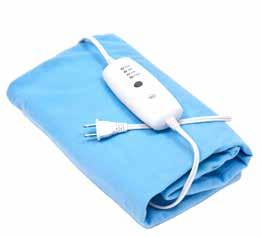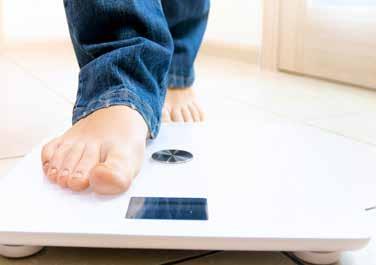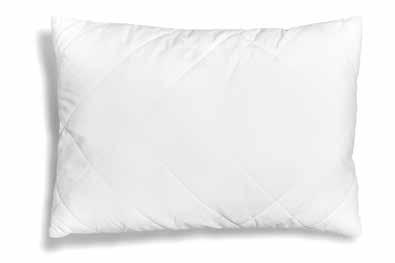
3 minute read
10 WAYS TO PREVENT AND RELIEVE BACK PAIN
You’d be hard pressed to find someone who hasn’t been impacted negatively by the COVID-19 pandemic. People are worried and stressed. They’re working from home more. Their routines have been altered, sometimes drastically. And all of these things can take a big toll on your back and neck – even if you’re not injured.
HOW SO?
Stress and tension can cause the muscles in our back or neck and along the spine to tighten, which leads to pain.
Working from home, possibly from the couch, the kitchen table, or a not-so-ergonomically correct office space can cause poor posture and unhealthy repetitive motions that lead to back pain.
Those who have children and are accustomed to breaks from parenting may be providing 24/7 child care – lifting babies and toddlers; bending, crouching or sitting on the floor to play; playing the role of teacher or camp counselor; or cooking all day long – which can be physically grueling.
When back pain strikes ...
Now, more than ever, it’s important to take both preventive and therapeutic approaches to keeping your back healthy. Following are some tips to help you avoid and treat back aches.
1. Strengthen your core
Do core strengthening exercises for your back and abdomen to support your lower back. Talk to your health care provider before beginning a new exercise program and ask for specific instructions regarding back exercises.
2. Get regular aerobic exercise
A regular program of walking or swimming builds endurance and core muscle strength. It may also help with weight management.
3. Practice good sitting posture
Ears and shoulders should be aligned over your hips, producing an inward curve in your lower back. Sit close enough to your desk or workspace so you don’t have to lean forward. Stand up, stretch and even take a short walk at least once per hour.
4. Crank up the heat

Applying a heating pad or heat therapy patch to tight muscles can help boost circulation and ease tension. A hot shower may also bring relief.
5. Lift and carry properly
Lift with your legs, not your back, keeping the object close to your body at all times. Do not bend from your waist.
Pushing is easier on your back than pulling. Use your body weight to start the push. Avoid twisting motions when pushing or pulling items.
6. Watch your weight

Weight control is important to maintaining a healthy back. Additional weight, especially in the stomach, puts additional strain on your spine and back muscles.
7. Stand strong
Draw your shoulders back. Stand with your head level and aligned with your trunk. Keep your feet about a foot apart and your knees slightly relaxed. When standing for a prolonged time, try shifting your weight from foot to foot and from heels to toes.
8. Sleep tight

If you sleep on your back, put a couple pillows under your knees. If you prefer side sleeping, place a pillow between your knees to maintain the natural curve of your back.
9. Don’t smoke
Smokers are more prone to back pain than non-smokers because nicotine and tobacco restrict the flow of blood to the discs that cushion your vertebrae.
10. Seek professional help

If your back pain doesn’t ease up or if you suspect a back injury, you may want to seek professional help. A chiropractor, massage therapist, physical therapist or your primary care physician can help determine a course of treatment that’s right for you.





